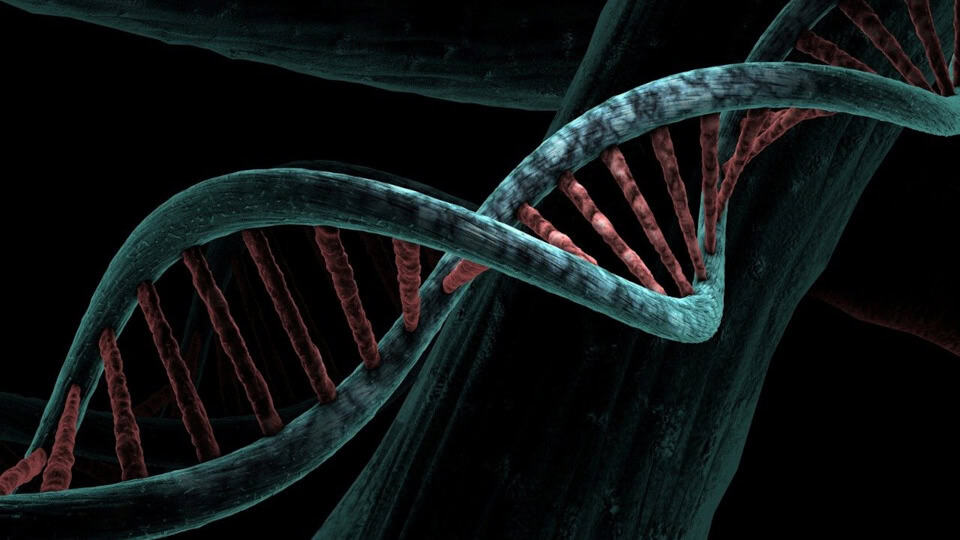CRISPR and Genetic Editing: Promise and Pitfalls
CRISPR-Cas9 gene editing technology has revolutionized biological research and opened unprecedented possibilities for treating genetic diseases, improving crops, and potentially reshaping life itself. This molecular tool allows scientists to make precise changes to DNA with remarkable accuracy and efficiency, but its power raises profound questions about safety, ethics, and the future of human genetic modification.
Understanding both the promise and perils of CRISPR technology is essential as society navigates the complex decisions surrounding genetic engineering applications. The technology's potential benefits must be weighed against significant risks and ethical considerations that could have lasting consequences for humanity and the natural world.

The CRISPR Revolution
CRISPR technology allows scientists to edit genes with unprecedented precision, speed, and cost-effectiveness. It functions like molecular scissors guided by GPS, cutting DNA at specific locations and allowing researchers to add, remove, or modify genetic sequences.
Medical Breakthroughs and Therapeutic Potential
CRISPR offers hope for treating previously incurable genetic diseases by correcting faulty genes at their source. Clinical trials are underway for conditions like sickle cell anemia, beta-thalassemia, and inherited blindness, with early results showing remarkable success in eliminating disease symptoms.
Cancer treatment represents another promising application, where CRISPR can engineer immune cells to better recognize and attack tumor cells. CAR-T cell therapies using gene editing have already shown dramatic results in treating certain blood cancers, offering new hope for patients with few alternatives.
Current Medical Applications
Genetic disease treatment, cancer immunotherapy, organ transplant compatibility, vision restoration.
Future Possibilities
Aging reversal, enhanced human capabilities, disease prevention, regenerative medicine.
Agricultural and Environmental Applications
Gene editing technology could address global food security challenges by creating crops that resist diseases, tolerate environmental stresses, and provide enhanced nutritional value. CRISPR-edited crops can potentially reduce pesticide use while increasing yields and nutritional density.
Environmental conservation efforts could benefit from genetic technologies that help endangered species adapt to climate change or eliminate invasive species that threaten ecosystems. Gene drives could theoretically control disease-carrying insects or restore damaged habitats.
Safety Concerns and Unintended Consequences
Off-target effects represent a significant safety concern, where CRISPR might edit unintended parts of the genome and cause harmful mutations. While accuracy has improved dramatically, the possibility of unintended genetic changes remains a critical consideration for therapeutic applications.
Long-term effects of genetic modifications remain largely unknown, particularly for heritable changes that could affect future generations. The complexity of genetic systems means that beneficial modifications might have unforeseen consequences that only become apparent over time.
The Germline Editing Controversy
Editing human embryos or reproductive cells creates changes that pass to future generations, raising profound ethical questions about consent, equity, and the right to modify human genetics permanently. Most countries have banned or restricted germline editing research.
Ethical Dilemmas and Social Justice Issues
Genetic enhancement possibilities raise concerns about creating biological inequalities between those who can afford genetic improvements and those who cannot. This could exacerbate existing social divisions and create new forms of discrimination based on genetic capabilities.
The definition of "genetic disease" versus "genetic variation" becomes problematic when considering conditions like deafness, dwarfism, or autism, where affected communities may not view their conditions as diseases requiring correction but as aspects of human diversity worth preserving.
Regulatory Challenges and International Coordination
Different countries have adopted varying approaches to gene editing regulation, creating a complex patchwork of rules that could lead to "genetic tourism" where people travel to countries with more permissive regulations. International coordination becomes essential for addressing global implications of genetic technologies.
Regulatory frameworks struggle to keep pace with rapid technological advancement, often relying on outdated categories that don't adequately address the unique challenges posed by precise genetic editing tools like CRISPR.
Potential Benefits
Disease elimination, enhanced crops, conservation, medical breakthroughs, reduced suffering.
Significant Risks
Unintended mutations, ecological disruption, social inequality, unknown consequences.
Ethical Concerns
Consent, equity, human dignity, genetic discrimination, playing God.
Economic and Access Considerations
The high cost of genetic therapies could limit access to wealthy patients and developed countries, potentially exacerbating global health inequalities. Insurance coverage decisions will play crucial roles in determining who can benefit from these powerful medical interventions.
Intellectual property disputes over CRISPR technology and genetic modifications could affect research progress and treatment availability. Patent battles and licensing agreements will influence how quickly benefits reach patients and how affordable treatments become.
The Future Landscape of Genetic Engineering
Next-generation gene editing tools promise even greater precision and new capabilities, including epigenetic modifications that change gene expression without altering DNA sequences. These advances could enable more sophisticated therapeutic interventions with potentially fewer risks.
Base editing and prime editing represent evolutionary improvements to CRISPR that could reduce safety concerns while expanding the range of genetic modifications possible. These tools might enable treatments for genetic diseases currently beyond reach.
The integration of gene editing with other emerging technologies creates new possibilities and challenges. Artificial intelligence systems could help design more effective genetic modifications and predict potential side effects, but they also raise questions about algorithmic decision-making in genetic medicine.
Society's approach to CRISPR technology will likely determine whether its benefits are realized while minimizing risks and ethical concerns. Scientific research continues advancing our understanding of genetic editing capabilities and limitations, informing policy decisions and clinical applications.
The CRISPR revolution represents both humanity's greatest opportunity to eliminate genetic suffering and one of our most profound challenges in wielding unprecedented biological power responsibly. Other emerging technologies may eventually interact with genetic engineering in ways that amplify both opportunities and risks, making thoughtful governance essential for navigating this transformative period in human history.
